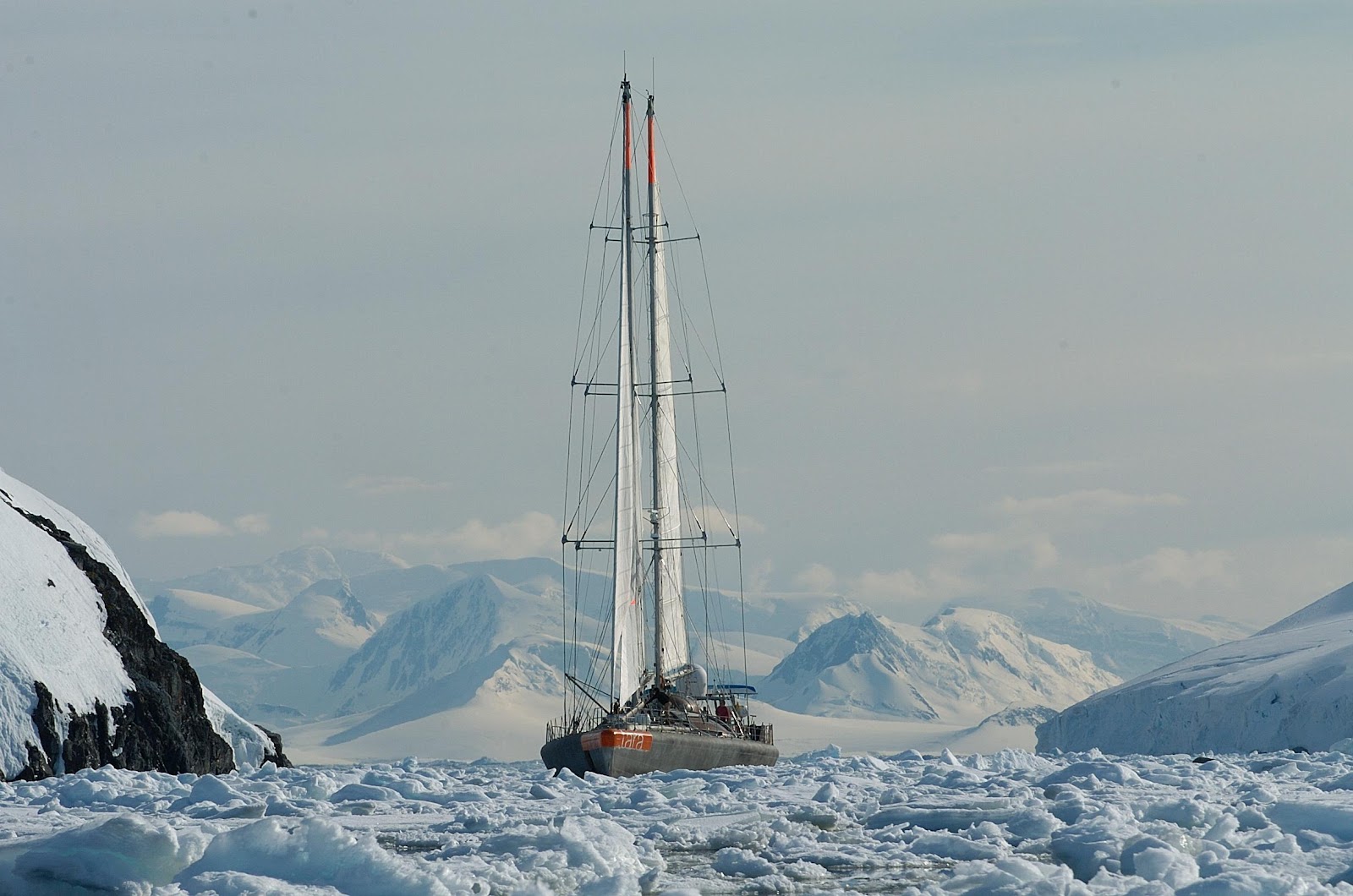Another failure of CCAMLR negotiations: no new MPAs in Antarctica!
The 40th meeting (face-to-face and virtual) of the Commission for Conservation of Antarctic Marine Living Resources ended this Friday, 29 October in Hobart, Tasmania. Sadly, a small number of countries once again blocked the 3 proposed Marine Protected Areas (MPAs) which would require a unanimous vote by all 26 members to come into being.

October 30, 2021
CCAMLR: An historic conservation success story, but today nature is in an impasse.
The CCAMLR, first founded in 1982, now brings together 37 signatory countries, including 26 member nations with voting rights, and 11 states without voting rights. The Commission aims in particular to take measures to facilitate research and scientific cooperation, to ensure the exercise of rights of inspection and jurisdiction in Antarctica, and finally, to protect and conserve the fauna and flora of the region.
Last October 4 was the 30th anniversary of the Madrid Protocol, which gave Antarctica the status of “nature reserve dedicated to peace and science”. At a time when issues relating to industrial exploitation of Antarctic resources are increasingly pressing, two weeks of CCAMLR negotiations (October 18 to 29, 2021) were held to strengthen the protection of this fragile ecosystem.
Negotiations focused mainly on the creation of new MPAs. Three proposals were discussed including two supported by the European Union — one located in the eastern Southern Ocean, and another in the Weddell Sea. In addition, Chile and Argentina are pushing for the creation of an MPA located on the western side of the Antarctic Peninsula where their Antarctic possessions are located. The two different proposals nevertheless have mutual support.
In 2009, then in 2016, the South Shelf MPAs in the South Orkney Islands and the Ross Sea were adopted. They were among the strongest commitments made by an international coalition for the conservation of the marine environment by creating the first international MPAs and the largest marine sanctuary in the world. Now this momentum is disrupted each year by a minority of countries, Russia and China in particular, who systematically block the three new MPA proposals. Officially, these two countries said they don’t want to impact their fishermen by reducing their fishing grounds. But in reality, they especially covet the Antarctic subsoil resources that melting ice will soon make accessible in the event of a continuing status quo.
The Weddell Sea, a global hub of biodiversity and climate regulation
Lack of state commitment therefore leaves the vast majority of Antarctic waters vulnerable, including the Weddell Sea. This area has an ecosystem unique in the world, both in terms of diversity of the species it shelters, and the ecosystem services it provides for climate regulation.
The Weddell Sea, east of the Antarctic Peninsula and south of Cape Horn, along with the Arctic Ocean, is one of the most important areas of the ocean for sequestration of atmospheric carbon. An important production of icebergs causes a gigantic amount of cold, carbon-laden seawater to plunge to the depths, carrying heat and dissolved carbon. The Weddell Sea is also endowed with a very rich ecosystem, at the origin of huge quantities of krill, a key player in the biological carbon pump, and also essential for both whales and hundreds of thousands of penguins in the Southern Ocean.
Due to its physical properties (topography, temperature and salinity) and its huge biodiversity, the Weddell Sea is a unique environment in the world: no other ecosystem resembles it. In 2015, Tara and her scientific partners already reported about this in the journal Science. The isolation of the Weddell Sea led to the evolution of its microbiome in a very singular direction. The unique structure of this ecosystem makes it a highly efficient biological and physical carbon pump which requires further research to ensure its protection.
Building knowledge to support Marine Protected Areas in Antarctica
To effectively preserve the dependent or associated ecosystems in waters surrounding the continent, we need to strengthen our understanding of how they function. To date, the vast majority of studies have described the characteristics and physical dynamics of the region — currents, various gradients, etc. In addition, we have some scattered data on biodiversity, including the samples taken during the Tara expedition in 2010. Because the very harsh conditions of the region make sampling difficult, we must continue our research efforts to better understand Antarctica and support its protection.
As part of the current Microbiomes Mission (2020-2022), the schooner Tara returned to Antarctica more than ten years after her last passage. In January and February 2022, during the austral summer, the crew collected samples of the planktonic ecosystem in the Weddell Sea. This new biological data on the marine microbiome of the Southern Ocean will complement the abundant physical data delivered by the floating buoys and permanent moorings implemented by the British Antarctic Survey staff. The research accomplished during this sampling campaign aims to shed light on entire aspects of these marine ecosystems in Antarctica. Scientists need to better understand the constraints on plankton growth in terms of nutrients (nitrogen, phosphate, iron, etc.), as well as the role of melting icebergs, often rich in nutrients, in this process.
The arrival of Tara in Antarctica contributes to the international effort to preserve the Southern Ocean. Failures of past CCAMLR meetings cannot continue to be repeated! Antarctica has always been a land of science and exploration. We must act immediately to protect this vital region, or risk seeing the disappearance of unique ecosystems whose functioning is just beginning to be revealed.
by Martin Alessandrini, Advocacy Officer, Tara Ocean Foundation